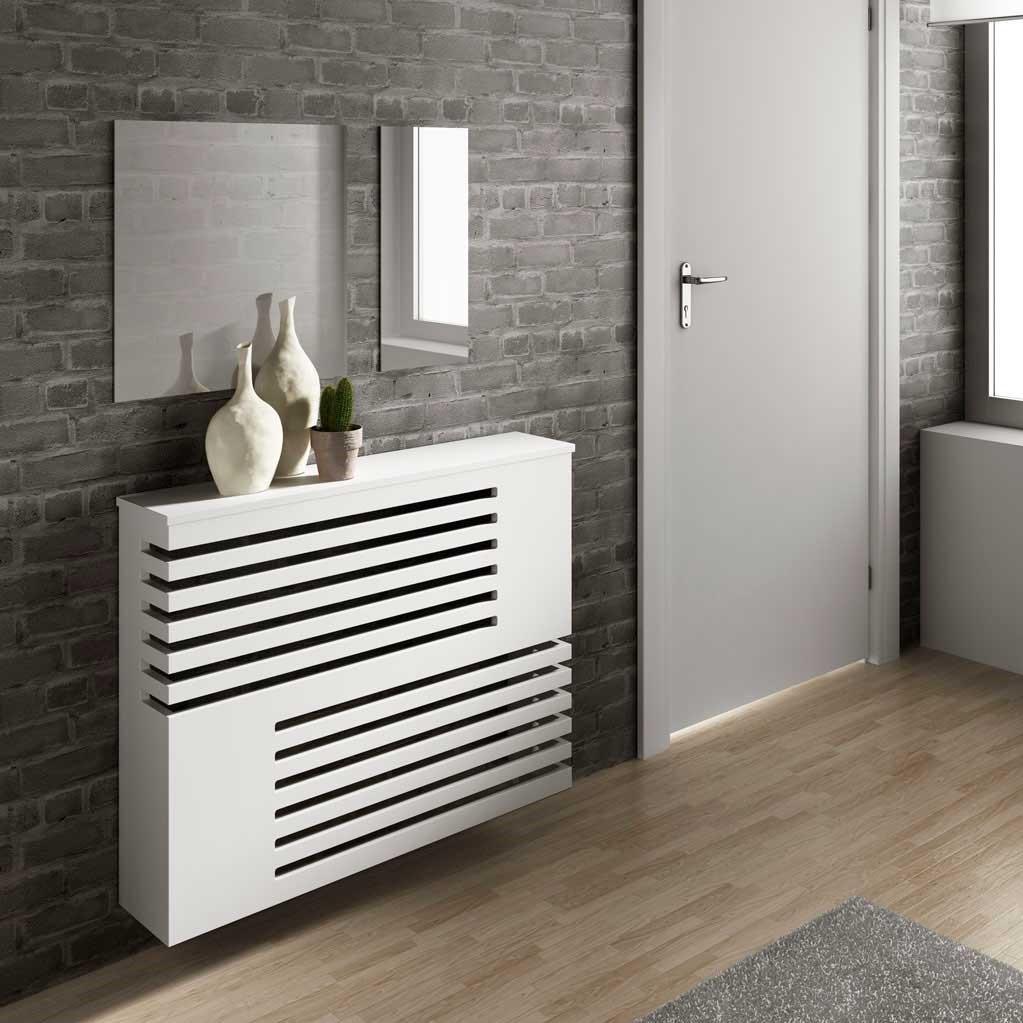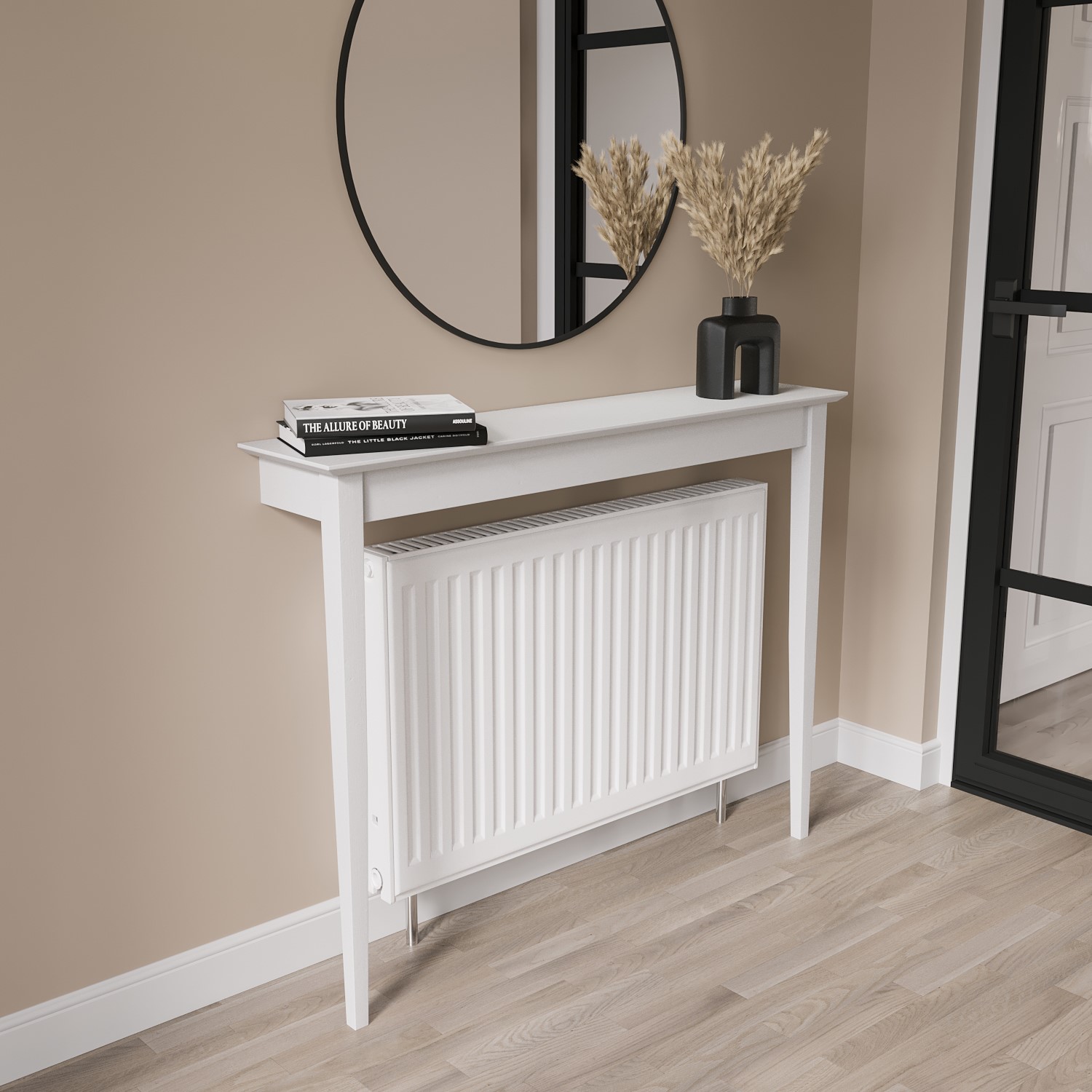Radiator Cover Solutions for Small and Huge Rooms
Radiator Cover Solutions for Small and Huge Rooms
Blog Article
Radiator Covers: Understanding Materials, Styles, and Advantages
Radiator covers serve both aesthetic and useful purposes within a home, providing a variety of materials such as hardwood, steel, and MDF to fit various design choices. As styles evolveâEUR" from conventional to contemporaryâEUR" these covers not just improve the visual charm of an area however additionally add to safety and energy effectiveness. Nevertheless, choosing the best radiator cover includes understanding the nuances of materials, layouts, and their associated benefits. This expedition raises critical inquiries regarding exactly how these elements incorporate right into your living setting and what factors to consider need to direct your option process.
Sorts Of Materials


Wood covers, often crafted from hardwoods such as oak or maple, provide a classic, warm appearance that complements traditional insides. Their durability and capacity to be stained or repainted add to their flexibility. Steel covers, commonly made from steel or aluminum, are preferred for their effectiveness and modern look, typically including smooth lines that boost modern areas.
MDF, a produced wood product, is popular for its cost-effectiveness and convenience of customization. It can be painted or completed to match existing decor while providing a smooth surface area. Plastic covers, while less common, are lightweight and resistant to dampness, making them ideal for humid settings.
Inevitably, the option of material for a radiator cover must straighten with the house owner's style preferences, practical requirements, and the certain setting where the cover will be installed. Each material offers a distinctive personality, making certain that there is an alternative to suit every taste and setting.
Popular Style Styles
Emphasizing visual charm, preferred layout styles for radiator covers mirror a variety of tastes and interior decoration fads. Conventional designs commonly feature elaborate woodwork and luxuriant detailing, making them suitable for vintage-inspired or traditional insides. These covers commonly include sculpted components, providing a cozy and welcoming feel to any room.
In comparison, contemporary layouts concentrate on minimalist looks, defined by tidy lines and downplayed style. Materials such as metal or smooth timber with a smooth finish are frequently used, enabling these covers to blend effortlessly right into contemporary rooms. Industrial styles, on the various other hand, accept resources like revealed metal and concrete, including a vibrant declaration to loft or urban settings.
For those looking for an unique touch, bespoke layouts supply customization options that provide to individual choices, enabling homeowners to pick colors, patterns, and products that complement their decor. Additionally, farmhouse-style covers incorporate rustic aspects, featuring troubled timber and basic types that stimulate a comfy, country appeal.
Advantages of Radiator Covers
Radiator covers not just enhance the visual appeal of a room but also provide a number of functional benefits that make them a beneficial enhancement to any type of home. One of the primary advantages is safety and security, especially in families with animals or youngsters. Covers minimize the risk of burns from hot radiator surfaces, making sure a more secure atmosphere.
In addition, radiator covers can boost energy efficiency. By routing warmth into the space instead of enabling it to run away, they assist preserve a regular temperature, decreasing home heating expenses in time. This is especially helpful in older homes where radiator systems may be less efficient.
An additional noteworthy benefit is sound reduction. Radiators can sometimes produce unwanted sounds during operation, and covers can aid muffle these sounds, contributing to an extra calm space. Radiator covers can be functional, giving additional storage or screen area, thus taking full advantage of the energy of often-overlooked locations.
Lastly, they can shield radiators from dirt and particles, which can hinder performance and rise upkeep needs. With these integrated benefits, radiator covers emerge as a useful remedy for enhancing both the functionality and design of any type of home environment.
Installment Factors To Consider
Installing radiator covers needs mindful factor to consider to ensure both performance and safety (Radiator cover). Assess the measurements of your radiator and the surrounding room to make certain a correct fit. Exact measurements are vital; an uncomfortable cover can obstruct warmth circulation or develop safety risks
Following, evaluate the product of the cover. While timber offers aesthetic allure, steel alternatives may provide much better longevity and warmth resistance. Consider the weight of the cover as well; larger covers may call for added support or supports to avoid drooping or damage over time.
Ventilation is an additional important aspect. Covers must include appropriate air movement to stop overheating and maintain efficient heating. Try to find designs with slats or openings that allow warm to flow without blockage.
Additionally, ensure that the cover is safely mounted to avoid accidents, specifically in homes with look at this website pets or children. Radiator cover. It's recommended to comply with the producer's installation standards very closely and, if necessary, get in touch with a specialist for complex setups
Maintenance and Treatment Tips
Correct upkeep of radiator covers is vital for ensuring their long life and ideal efficiency. Normal cleansing is vital; dirt and debris can collect, blocking air movement and minimizing heat efficiency. Use a soft, moist fabric or a microfiber duster to delicately clean the surface area, avoiding severe chemicals that may harm the surface. For painted or timber covers, take into consideration an appropriate polish or protective finishing to keep their look.
Inspect the covers periodically for indications of wear or damages, such as fractures or peeling off paint. Dealing with these problems quickly can stop more wear and tear. Ensure that the covers are safely attached and look for any kind of loose screws or fittings, as resonances from the radiator can loosen them gradually.
In colder months, prevent positioning hefty things or ornamental items on top of the radiator covers, as this can restrain warmth distribution additional info and create unneeded stress to the structure. Think about seasonal upkeep by removing the covers for comprehensive cleansing and inspection throughout warmer months when the heating system is inactive. Embracing these basic care suggestions will certainly enhance the efficiency and aesthetic allure of your radiator covers, ensuring they review serve their purpose effectively for years to come.

Final Thought
In recap, radiator covers function as aesthetic and functional enhancements to household spaces. The varied range of materials, including hardwoods, plastic, steel, and mdf, enables alignment with different layout styles such as conventional, modern, industrial, and farmhouse. The advantages of these covers extend beyond security and energy effectiveness to consist of added storage space and dust protection. Careful consideration of installation and maintenance additional ensures the longevity and performance of radiator covers in any type of home environment.
Radiator covers serve both visual and practical purposes within a home, providing an array of products such as steel, mdf, and wood to match different layout choices. Picking the right radiator cover includes comprehending the nuances of products, layouts, and their associated benefits.Stressing visual allure, popular design styles for radiator covers reflect a variety of preferences and interior design patterns.Radiator covers not only improve the visual appeal of a space however also offer several sensible advantages that make them a worthwhile addition to any kind of home. Consider the weight of the cover as well; larger covers may need added assistance or supports to avoid sagging or damage over time.
Report this page